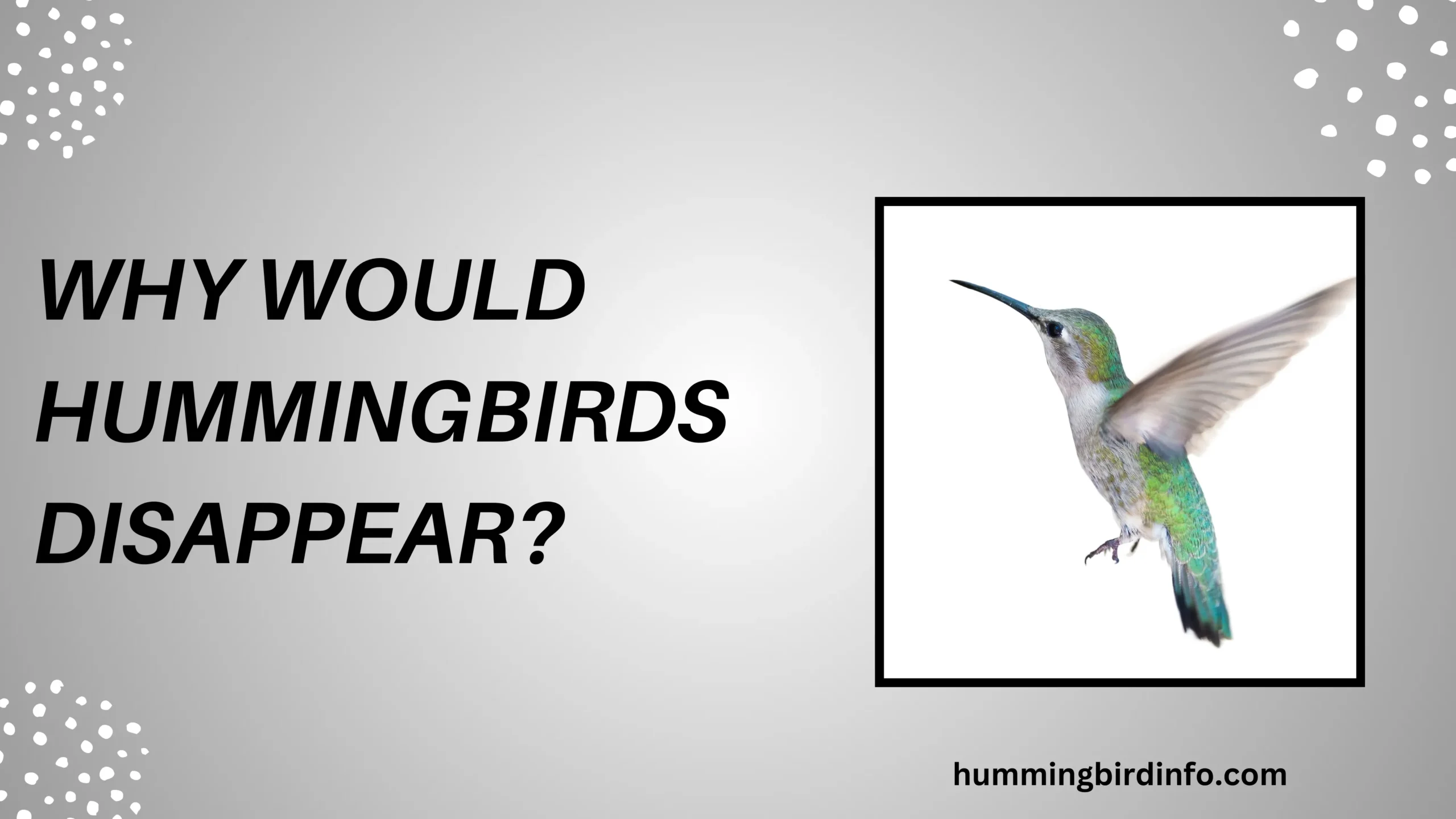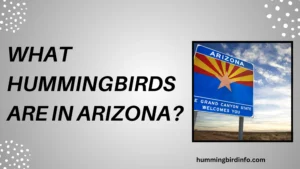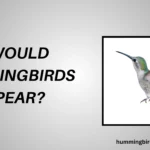One day, your garden is alive with the glittering buzz of hummingbirds, and the next, they’re nowhere to be found. For those who cherish these tiny wonders, their sudden absence can feel like a personal loss.
It raises an important and unsettling question: Where did they go? And more importantly, why?
Hummingbirds are more than just beautiful visitors; they are key pollinators and indicators of a healthy environment. Watching them hover and dart among flowers and feeders brings an unmatched joy, making their disappearance feel deeply personal. Yet understanding the reasons behind it can empower us to better protect and support them.
The truth is, while seasonal migration explains much of their movement, there are many other reasons why hummingbirds might seem to vanish. From habitat loss to shifting food supplies and even increased threats, multiple factors play a role.
In this post, we’ll explore the fascinating and sometimes concerning reasons behind the disappearance of hummingbirds — and how we can help ensure their return.
Contents
- 1 Seasonal Migration: The Most Common “Disappearance”
- 2 Local Resource Depletion and Shifts
- 3 Habitat Degradation and Loss
- 4 Increased Threats and Disturbance
- 5 Natural Dispersal and Population Dynamics
- 6 Conclusion
- 7 FAQs
- 7.0.1 1. Why do hummingbirds leave suddenly?
- 7.0.2 2. When do hummingbirds migrate?
- 7.0.3 3. Can a lack of flowers cause hummingbirds to disappear?
- 7.0.4 4. Do hummingbirds rely only on feeders?
- 7.0.5 5. Can weather changes make hummingbirds disappear?
- 7.0.6 6. Does human activity scare hummingbirds away?
Seasonal Migration: The Most Common “Disappearance”
Migration is the most common cause behind hummingbirds seemingly vanishing from an area. As temperatures drop and daylight shortens, instinct drives them southward toward warmer climates.
These birds rely heavily on blooming flowers for nectar, and as the floral calendar ends in colder regions, their food disappears. Following the flowers is not a choice — it’s a survival necessity for hummingbirds.
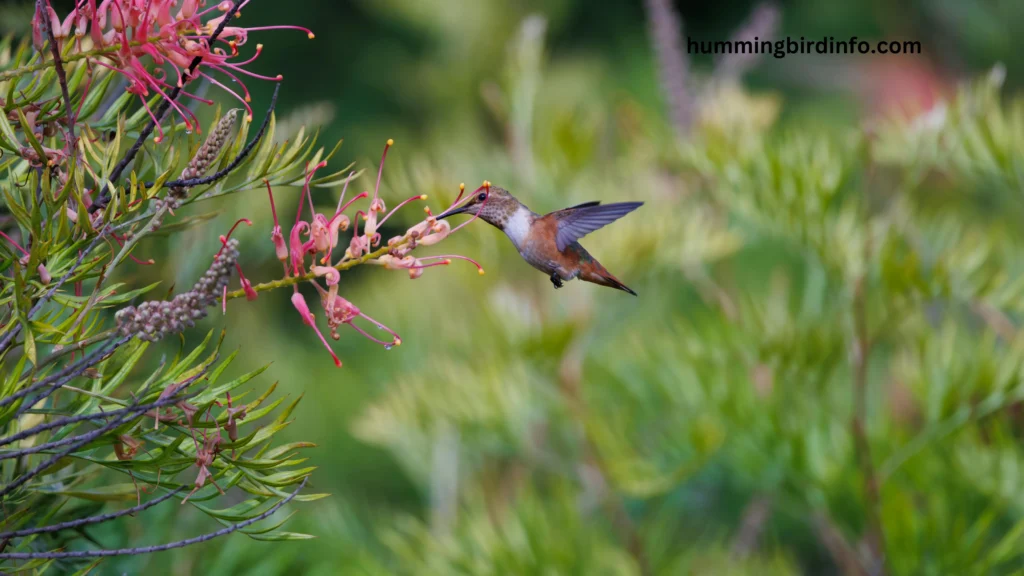
Because of their high metabolism, hummingbirds must feed almost constantly. If nectar and insect protein vanish, they are forced to migrate to sustain their tiny, energy-hungry bodies.
Each species follows a unique migration path. For instance, Ruby-throated Hummingbirds travel from North America to Central America, while Rufous Hummingbirds journey from Alaska down to Mexico.
Thankfully, for most regions, this absence is temporary. Hummingbirds will typically return in the spring, right on schedule with the blooming flowers they love.
Local Resource Depletion and Shifts
Natural flower cycles bring blooming seasons to an end, meaning fewer nectar sources are available locally. This natural change prompts hummingbirds to move in search of more abundant feeding areas.
If your garden lacks late-blooming or continuous-blooming plants, hummingbirds may move on when their primary sources dry up. The selection and timing of flowers are critical factors in keeping them around.
Backyard feeders are a supplement, but if left empty or filled with spoiled nectar, hummingbirds will quickly abandon unreliable sources. Maintaining feeders properly is vital to encouraging their return.
Small changes in your yard — like removing flowering shrubs or cutting back trees — can subtly impact hummingbirds. They rely on these plants not just for food, but also for shelter and nesting.
Overall, small changes in plant diversity, bloom cycles, and feeder care can cause hummingbirds to appear to disappear unexpectedly.
Habitat Degradation and Loss
Urban development constantly eats away at the natural spaces hummingbirds need. Without trees, meadows, and wildflower patches, they lose essential foraging and nesting areas.
Agricultural practices, especially monocultures and heavy pesticide use, further decimate the diverse ecosystems hummingbirds rely on. A field of corn or wheat offers little to these nectar lovers.
When large habitats are fragmented, the patches left behind may be too small or too isolated. This isolation can force hummingbirds to relocate entirely to more connected environments.
Climate change adds another layer of complexity. Shifts in blooming times, insect availability, and regional weather patterns might slowly push hummingbirds out of familiar territories.
Without rich, pesticide-free, connected habitats, hummingbirds find it harder to thrive — and their disappearances may sadly become permanent.
Increased Threats and Disturbance
An increase in predators, like cats, hawks, or even snakes, can make an area feel too dangerous for hummingbirds to remain.
Beyond predators, human activity plays a surprising role. Frequent disturbances — from lawnmowers, construction, pets, or even loud gatherings — can stress hummingbirds into abandoning an area.
The rampant use of pesticides doesn’t just affect plants and insects. These chemicals indirectly harm hummingbirds by killing off vital insect prey and polluting nectar sources.
In some cases, hummingbirds might also be outcompeted by other more aggressive nectar-feeders like orioles or even larger hummingbird species.
Whether from predators, human noise, toxins, or competition, increased threats make once-safe areas less inviting for these delicate birds.
Natural Dispersal and Population Dynamics
Young hummingbirds don’t always stick around where they were born. After gaining independence, they disperse to claim their own territories elsewhere.
Year-to-year, hummingbird numbers can naturally fluctuate. Factors like harsh winters, droughts, or poor breeding seasons can lead to population dips.
Even within the breeding season, hummingbirds may temporarily vanish while searching for mates, nests, or better resources.
Natural changes in population size and behavioral dispersal mean that a disappearance isn’t always a sign of trouble — sometimes, it’s just a normal part of life.
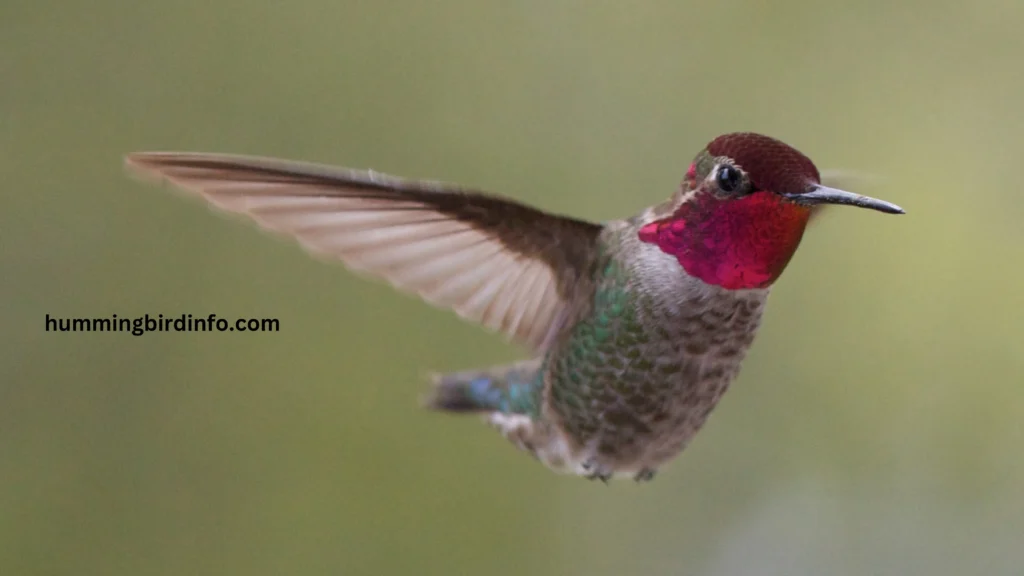
Conclusion
Hummingbirds may disappear from our gardens for many reasons — most often because of seasonal migration, but also due to habitat changes, resource depletion, threats, and natural life cycle shifts.
Understanding these factors helps us realize that their movements are part of a beautiful, intricate dance with the natural world. Their absence often signals the need to pay attention to environmental health around us.
By planting native flowers, maintaining safe feeders, avoiding chemicals, and protecting habitats, we can do our part to welcome these flying jewels back each year. Their survival is intertwined with how we care for our shared home — Earth.
FAQs
1. Why do hummingbirds leave suddenly?
Sudden departures are often triggered by seasonal migration, food shortages, or new threats like predators or habitat changes.
2. When do hummingbirds migrate?
Most hummingbirds start migrating south in late summer or early fall, depending on species and local climate.
3. Can a lack of flowers cause hummingbirds to disappear?
Yes, the end of blooming seasons or a lack of nectar-producing plants can force hummingbirds to seek better feeding grounds.
4. Do hummingbirds rely only on feeders?
No, feeders are a supplement. Natural nectar from flowers and small insects are their primary food sources.
5. Can weather changes make hummingbirds disappear?
Absolutely. Sudden cold snaps, storms, or even prolonged drought can cause hummingbirds to move out of an area.
6. Does human activity scare hummingbirds away?
Yes, excessive noise, movement, and pet activity near feeding or nesting sites can stress and drive hummingbirds away.

